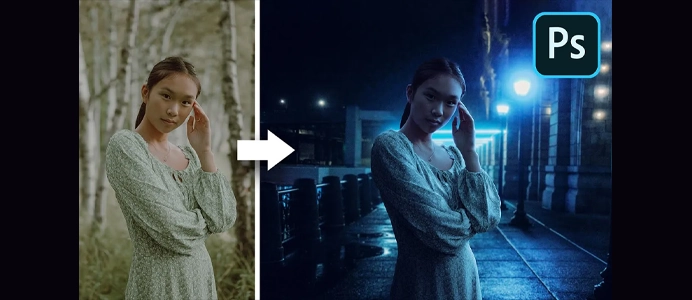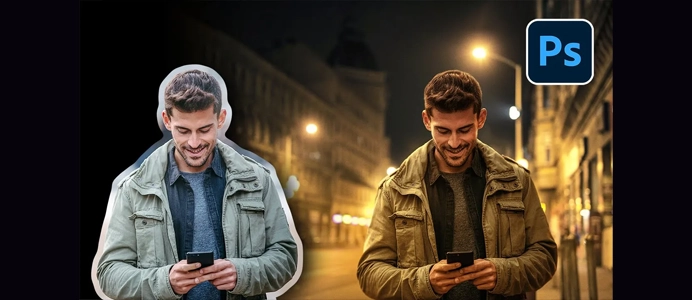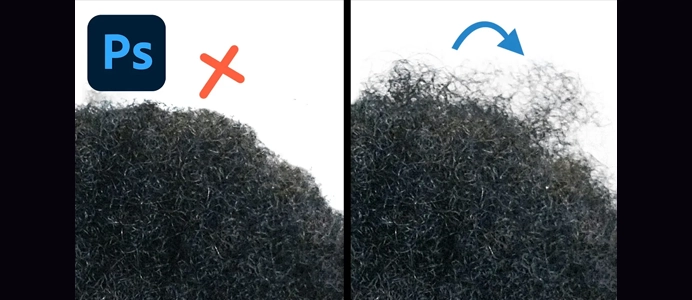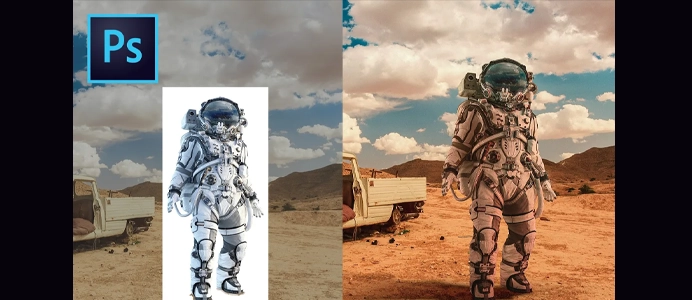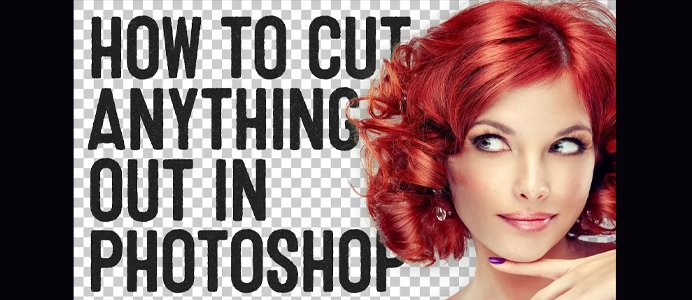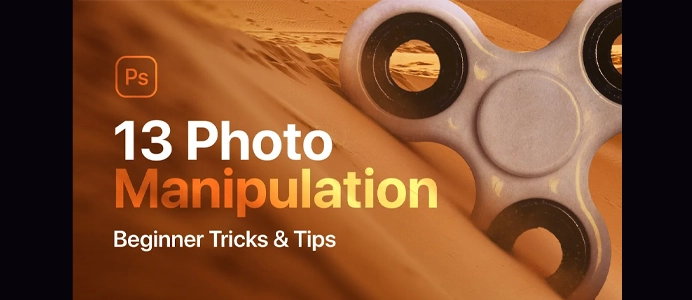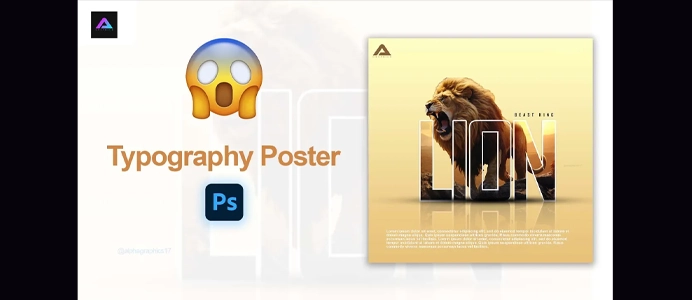How I made Utopia Album Cover for Travis Scott!
How I made Utopia Album Cover for Travis Scott!
Creating an album cover for an artist involves a mix of creativity, design principles, and an understanding of the artist’s vision and style. Here’s a step-by-step guide using Photoshop:
1. Gather Information:
- Talk to the artist to understand their vision, style, and any specific elements they want to include in the album cover.
2. Open Photoshop:
- Launch Adobe Photoshop on your computer.
3. Create a New Document:
- Go to File > New to create a new document.
- Set the dimensions based on the desired size of the album cover. Common sizes include 3000×3000 pixels for digital releases.
4. Background:
- Choose a background that complements the theme or mood of the album. This could be a solid color, gradient, texture, or a relevant image.
5. Imagery and Artwork:
- Import or create the main imagery or artwork that represents the album. This could be a photograph, illustration, or a combination of elements.
- Ensure that the focal point of the artwork aligns with the artist’s vision and the overall theme of the album.
6. Typography:
- Select a font that matches the artist’s style and the mood of the album. Consider the readability of the text.
- Add the album title, artist name, and any other relevant text. Experiment with different sizes, colors, and styles.
7. Composition:
- Arrange the elements (imagery, text, etc.) in a visually appealing composition. Consider the placement of text, the balance of elements, and overall aesthetics.
8. Color Palette:
- Choose a color palette that complements the overall theme. Consistent and harmonious color choices contribute to a cohesive design.
9. Filters and Effects:
- Apply filters or effects to enhance the visual appeal. Experiment with subtle adjustments to color, contrast, and saturation.
10. Branding Elements: – If the artist has a logo or specific branding elements, incorporate them into the design.
11. Blending Modes: – Experiment with blending modes for layers to create unique effects. Overlay, Multiply, and Screen are commonly used blending modes.
12. Feedback: – Share the initial design with the artist and gather feedback. Make necessary adjustments based on their input.
13. Final Touches: – Fine-tune the details, ensuring that all elements work cohesively. Pay attention to small details like alignment, spacing, and consistency.
14. Save and Export: – Save your project and export the final image in a suitable format (e.g., JPEG, PNG) and resolution.
Remember that the key is to capture the essence of the artist’s music and style while creating a visually compelling and memorable album cover. Regular communication with the artist throughout the design process is essential to ensure the final product aligns with their vision.




